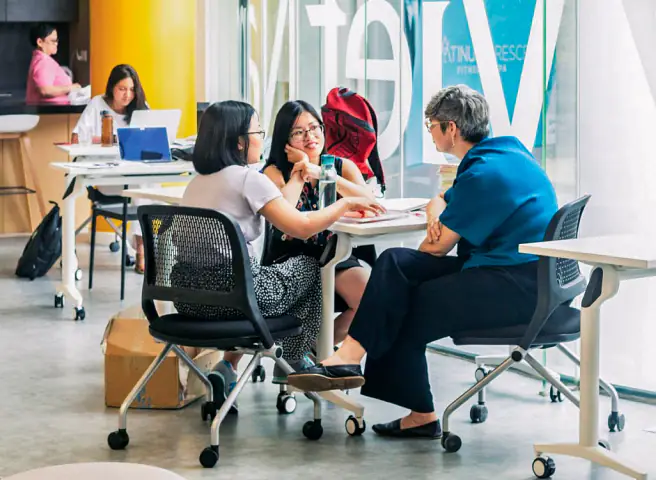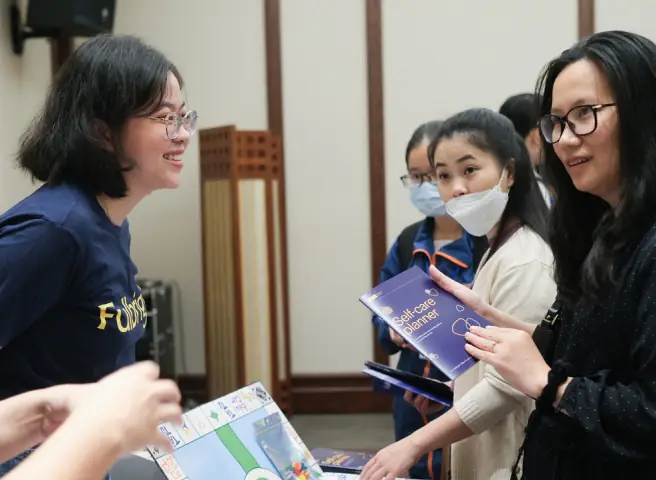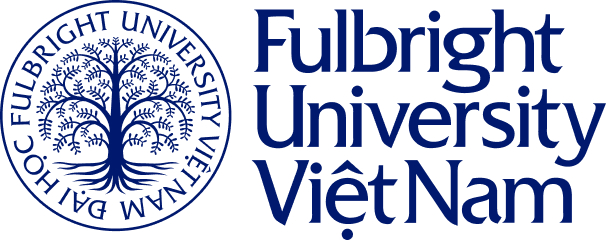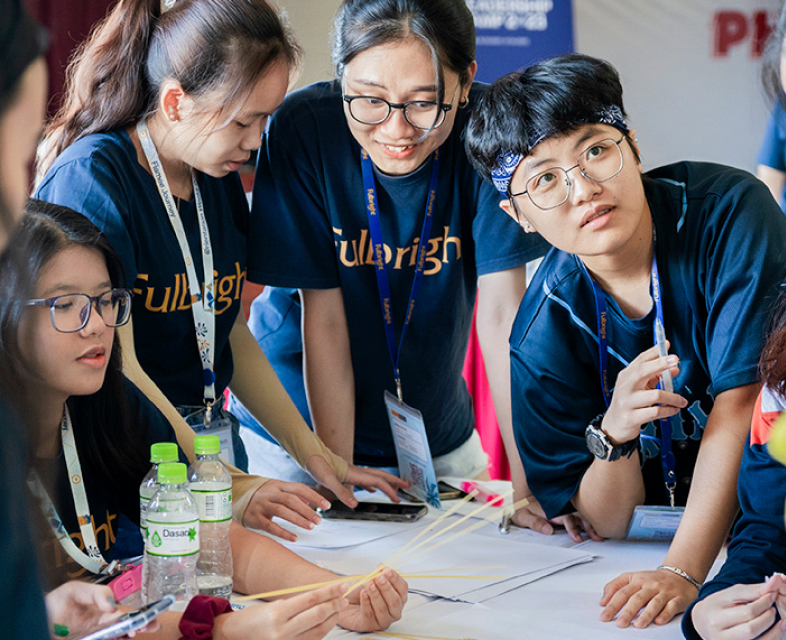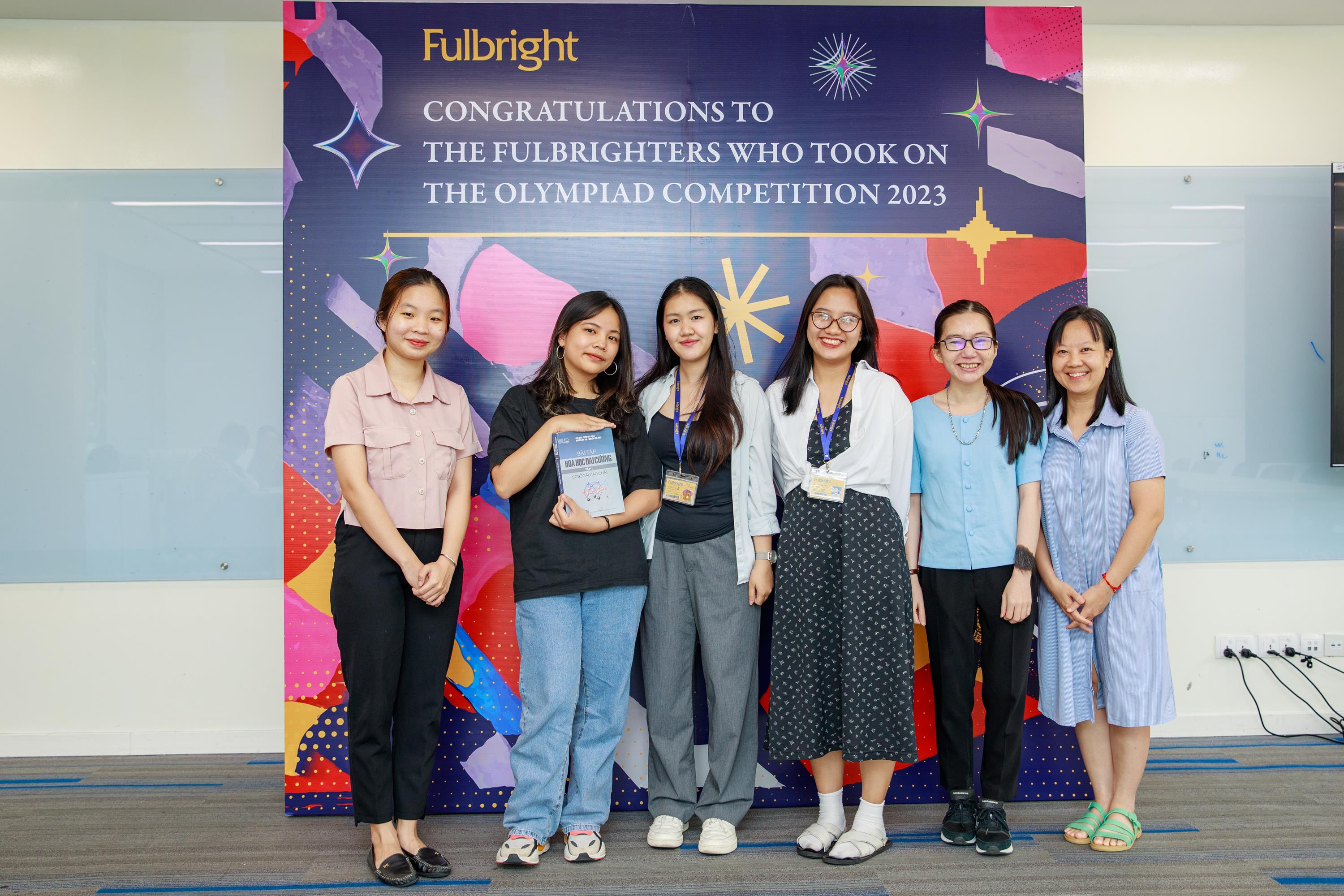
Hundreds of scholars from many countries gathered at Fulbright University later April to discuss new approaches to university education in Asia. Envisioned as Vietnam’s first (and largest) international education conference, it focused on the changing landscape of higher education locally, regionally, and globally.
Dr. Trisha Craig, Vice President of Yale-NUS College was among prominent keynote speakers. In her keynote address, she revisited the emergence of the liberal arts education in Asia and addressed challenges facing these nascent institutions.
Following is the excerpt of this important speech.
It is no secret that the liberal arts are enjoying a moment in Asia. Institutions are being established, there is rapid expansion and growing demand for the liberal arts. Recently, we’re all excited to welcome a new member to our family of liberal arts institutions in the region – Fulbright University Vietnam. This is in contrary to the difficulties and even hostility this model of education faces in the West where it was born.
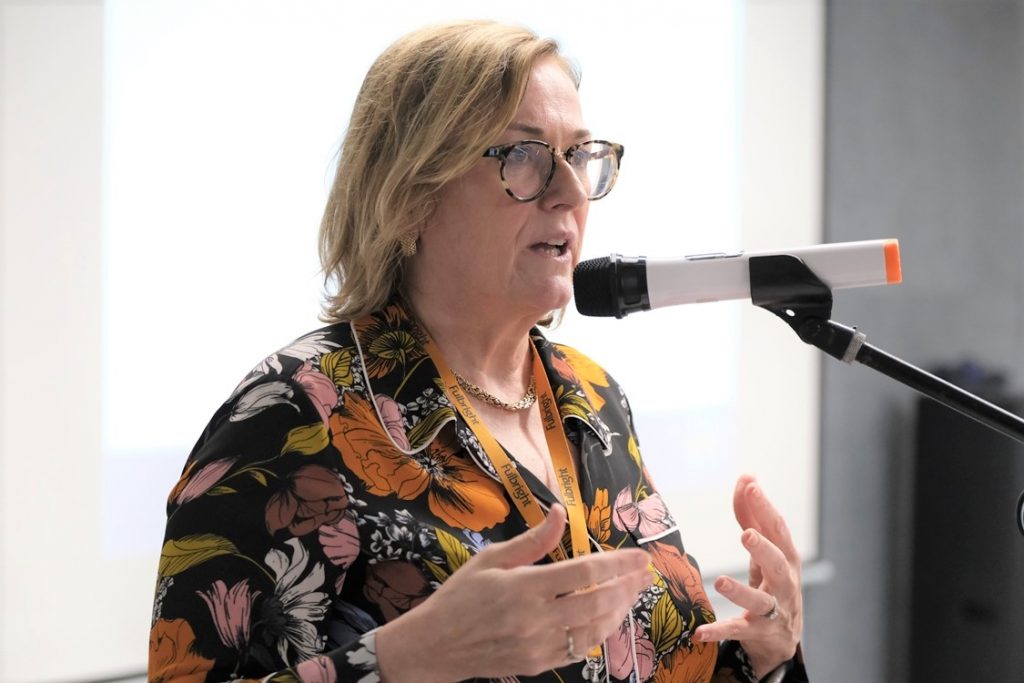
Dr. Trisha Craig, Vice President of Yale-NUS College
At a moment, close to 40% of the non-US liberal arts institutions in the world are now in Asia, which take different forms. Hence, it makes sense to reflect on the growth of the liberal arts to date and highlight the issues that have arisen across the region in order to inform future directions, both avoiding pitfalls and seizing opportunities.
There are two types of challenges that liberal arts institutions face, including sustainability and political headwinds.
Sustainability
Across Asia, the myriad forms the liberal arts can take: branch campuses of Western institutions; partnerships between governments and foreign institutions; local institutions founded by wealthy donors; specialized schools within existing tertiary institutions; etc. mean different funding models but some combination of tuition revenue, donor funds and endowment, government grants/subsidies and external research money will typically play a role in sustaining institutions.
Financial
The first challenge to sustainability is the cost of a liberal arts education. The focus on critical thinking, writing, experiential learning, and dialogic interaction with full time faculty members in small groups is an expensive form of education.
Some of the potential issues arising here include overly optimistic initial projections for fundraising targets, maintaining and cultivating the long-term interest of donors, after the initial enthusiasm. In Asia, the liberal arts may find it hard to compete with science and medicine in the more traditional educational philanthropy space.

The long-term commitment of Western partners may also be an issue. Ensuring that there are opportunities for interaction, not just at the administrative level but the academic: faculty exchanges, joint conferences and research, co-taught courses and opportunities for student interaction through study abroad and finding creative ways that work. Presence is important.
When liberal arts institutions rely on government funding or are part of established institutions, maintaining the level of funding necessary maybe be difficult over the long run because of changing in priorities and politics, etc.
For most institutions, tuition plays a part in the funding equation. With the hope of educating smart students with great potential from modest circumstances, lots of institutions admit students on a need blind basis and offer them assistance at a level beyond that to fulfill actual student need.
However, just fewer than 2 dozen institutions in the world are in good position to offer that. And financial aid can lead to an unintended consequence that more and more students with little ability to pay will be incentivized to apply, which means verification of parental can become exceedingly difficult.
If institutions expect students on financial aid to earn a specified sum of money during the academic year and/or summer to contribute to their expenses, we have to consider whether they can earn enough money to pay the contribution so that it does not take away from their ability to do their coursework and participate in the life of the institution.
In order to earn the contribution, do they have to forego the kind of unpaid summer internship that may lead to professional connections and career opportunities? Are we aware of the financial obligations to family our students may have? Besides, do we have the kind resources to help them find such work, either in terms of providing on campus jobs or advising about how to find jobs?
Early results
A different type of sustainability relates to the newness both of institutions and the idea of the liberal arts in Asia. Future enrollment, subsidies and general reputation are all affected by the results of an institution’s first graduating cohort in terms of employment and graduate school admissions.

Those early results are watched intently by potential future students, parents, funders – whether government or private – and often the media. We in Asia are not immune to the issue of the employability of our graduates, and discussions about the practicality of degrees exist here as they do in the West.
In Singapore for example, every year there is an annual exercise called the Graduate Employment Survey, run by the Ministry of Education. For every degree at public tertiary institutions in Singapore, new graduates are surveyed at the 6-month mark about their employment.
The results are reported in the media and put up on the ministry’s website. Parents can see exactly how much higher the starting salary is for computer science degrees compared to humanities majors (and can torment their children accordingly).
In many of the countries where we operate, the liberal arts are part of a state developmentalist model, where ideas of the needs of the future workforce are coupled with investments in educational transformation to ensure that in this globalized world, economies remain or become competitive.
And in this top down approach, sometimes there is a lag in terms of how to fit our graduates into the existing labor market or the labor market does not yet perceive the need or understand the value of such graduates. Therefore, we not only prepare their students for the labor market, but we also have the additional task of preparing the labor market for our students.
What this means is that even before the first cohort of students arrives, institutions must start to make inroads with employers and continue that outreach during all years of students’ undergraduate experience to ensure a strong outcome out of the gate. Internships, bringing the local business community to campus, establishing mentoring programs, having a career services office, all of these are critical to start very early on.
There is a similar task with respect to graduate and professional schools. Faculty are often in the best position to use their own connections at the places where our students choose to look for post-graduate degrees to help introduce our institutions.

We also need to be aware of how to provide graduate and professional schools with the kind of information that will encourage them to consider our graduates: information like the competitiveness of our admissions, our yield rates, median SAT scores if we require them, who our peer institutions are, how to read our transcripts, and after our first cohort, what are the other institutions our students attend for graduate school.
What do we mean by success
While we need to show that our students are professionally successful, we also need to figure out ways to move the conversation about the value of the liberal arts in two ways.
One relates still to the idea of how practical liberal arts degrees or the skills are that we’re helping students develop. Although starting salaries are not at all a good measure of earning potential or ROI, the data we have and the data that people have been accustomed to look for says that ROI is best measured by starting salaries.
We need to figure how to go beyond that. It is in our interests to start to collect the kind of longitudinal data that will really allow us to make the case for the liberal arts in the future. It is hard and complicated to keep people in longitudinal studies. It is also expensive and quite intrusive to track them, but it would be worth the effort.
Besides, part of our success as institutions will be measured by how our graduates contribute in the world. Helping students find role models of people who are making a difference, encouraging them to connect with meaningful volunteer opportunities, and having career offices that truly understand how to build a variety of professional pathways that combine a vocation with a focus on impact in the world is crucial.
Political headwinds
As the world enters an era of populism and nationalist revival on a global scale, liberal arts institutions must be attentive and nimble with respect to the problems this can mean for higher education.

We have only to look at recent events in Hungary – a NATO ally and member of the European Union expelling an important university that had been there for 25 years. In Singapore, The Global Schoolhouse initiative was launched in 2002 would not only allow Singapore to capture part of the multi trillion-dollar world education market but also bring high skilled people to a small, aging open economy. Such a model was in keeping with Singapore’s long tradition of using education to enhance its global competitiveness.
But in 2011 the PAP, the ruling party, which has been in power since the founding of modern Singapore in 1965, came as close as it has ever been to losing an election with 60%, partly because of the rejection of the country’s liberal immigration policy of voters. It wasn’t just this moment of populism that killed the Global Schoolhouse but it is absolutely part of the story.
The erection of borders also has implications for what students are able to do; while many of us talk about creating global citizens, national passports still matter. Where students can go for internships, whether students who go abroad for their undergraduate degrees are able to stay in the country after graduation, whether faculty can secure research visas to collaborate with foreign scholars – these things matter for us and the models of education we can develop.
Given that liberal arts institutions tend to be highly selective and resource intensive, they run the risk of being branded as elitist institutions, which can become the target of the rise of populist, often anti-elite sentiment. On one hand, we can be elite without being elitist and this means ensuring that we are able to support students from non-elite and first-generation backgrounds.
It is also incumbent on us to make sure that we remain connected to the local societies in which we operate. We should be producing social goods through our education, not just private returns for the students fortunate enough to enroll in our programs.
While the liberal in liberal arts does not refer to a political stance, there’s no question that the kind of critical stance and reflection that the liberal arts prizes often translates into students with a sense of social justice, a desire to enact change and new-found sense of agency.
Whether that’s around issues of the environment, equality, LGBT or other minority concerns, or policies on campus like mental health funding or even thinks like where our endowments are invested, liberal arts institutions can find ourselves in uncomfortable spaces. We need to balance issues of free expression within our own walls but protect our students and institutions from predictable but often not fully understood, at least by students, consequences.
Opportunities
Challenges notwithstanding, the new liberal arts institutions of Asia have tremendous opportunities. With the critical mass of institutional development in the region, there are many possibilities for intraregional collaboration. In the morning panel we heard about some examples of cross institutional research that involved both faculty research and student interaction.

At the level of faculty research, student curricular and co-curricular programming, and joint extra-regional initiatives, there is untapped potential to organize greater cooperation and one outcome of gatherings like this ought to be to move us forward in terms of collaboration.
The liberal arts in Asia also benefit from their newness; without the organizational and institutional inheritances and legacies of similar institutions in the West, they are freer to innovate and push the model of liberal arts ahead.
We’ve heard many examples today of new models – moving away from not only a sole focus on texts based in the West but also away from the facile idea that we should just juxtapose the East and West with each other. We’ve also heard about experiential learning and ways to create transferability of skills.
In doing so, not only are we, as institutions, able to redefine the liberal arts for the 21st Century but we can act as models and inspirations for our Western counterparts and offer them the potential to reclaim some of ground they have lost.
My final point is this: We have the chance to show how the liberal arts can thrive. The speakers today have been clear that what’s going on in the region is not a simple export from West but rather something that is more authentically local. Today, here, but also in the recent books on the liberal arts in Asia that several speakers have referenced, there is a rich conversation going on in the region; we can learn from each other.
Our next step needs to be one of greater engagement between institutions in this region and those in the West. If the first part of the conversation started in the West and moved East, and now there is a lively conversation occurring in the East, we need to close the loop and drive the conversation to engage the West where our experience can offer valuable insights.
A failure to offer feedback to the long-established liberal arts programs outside of our region would represent a real missed opportunity for the nascent institutions of Asia.
